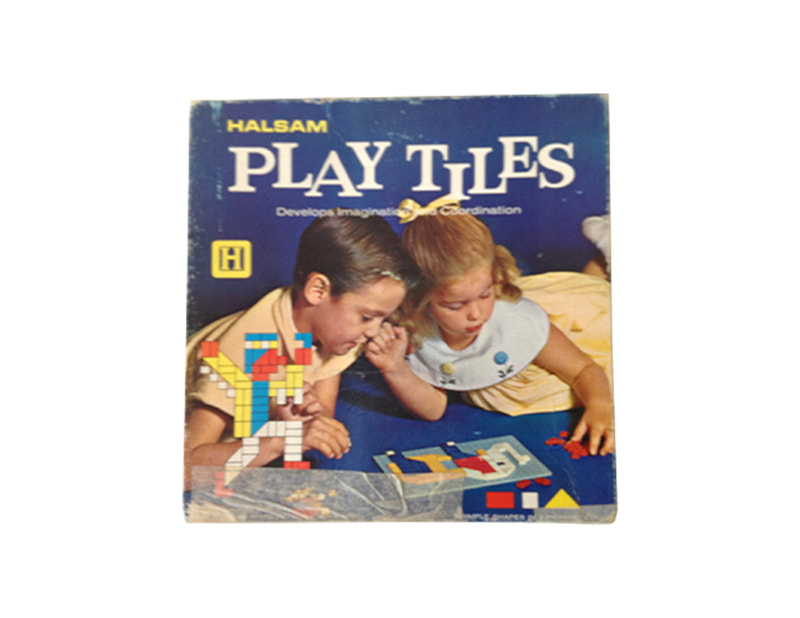|
THE BASICS - A German naturalist, philosopher, and researcher as well as an educator, Froebel developed the concept of kindergarten (German, “children’s garden”) in 1837. Froebel’s "system" focused on children between the ages of 3 and 6, a group previously considered too young for formal education (Froebel, 1826).
Outside of horror movies and the odd nightmare babysitting job, hopefully your experience with children has been endearing and normal, if a bit sticky. In Froebel’s time, however, public sentiment (which came down from the Catholic Church), saw children as born sinners in need of strict instruction to fit in with the adult world (Ogata, 2013). Froebel was one of the first to believe that all children were inherently creative beings and that this creativity, along with their inner unity with the natural world, needed to be fostered through educational play (Froebel, 1826). Froebel’s system of education was the first to focus attention on active play with physical objects, and it was around this central idea that the modern kindergarten developed (Kinchin, 2012). Gifts 1-10, despite their non-descript nomenclature, were some of the first and most influential educational toys, designed by Froebel and used in his institute. The gifts included yarn balls, geometric tablets, sticks and rings, and multiple iterations of blocks; a quick perusal tugs at childhood memories as, in fact, many contemporary toys are derived from Froebel’s gifts. We have a lot to thank Froebel for; the kindergarten most of us experienced is a direct result of his work. If you went to a Montessori school, that system evolved from the Froebel kindergarten as well. Scroll to check out some of the toys in our collection that borrow from Froebel’s gifts. - Nadine Lowden, June 2021
References & Sources
Froebel, Friedrich. (1826). The Education of Man. D. Appleton. Kinchin, Juliet., & O’Connor, Aidan. (2012). Century of the Child: Growing by design 1900-2000. Museum of Modern Art. Ogata, Amy. (2013). Designing the Creative Child: Playthings and Places in Midcentury America. University Of Minnesota Press. |






















